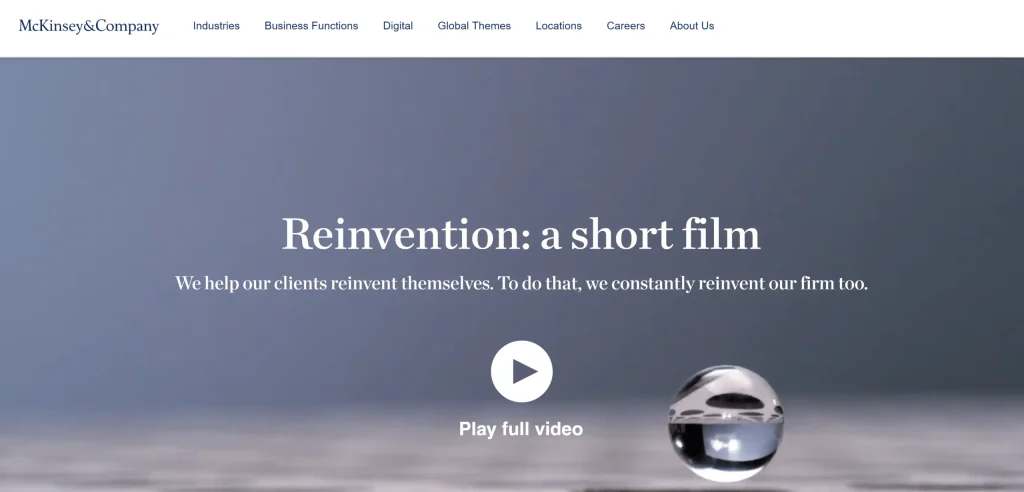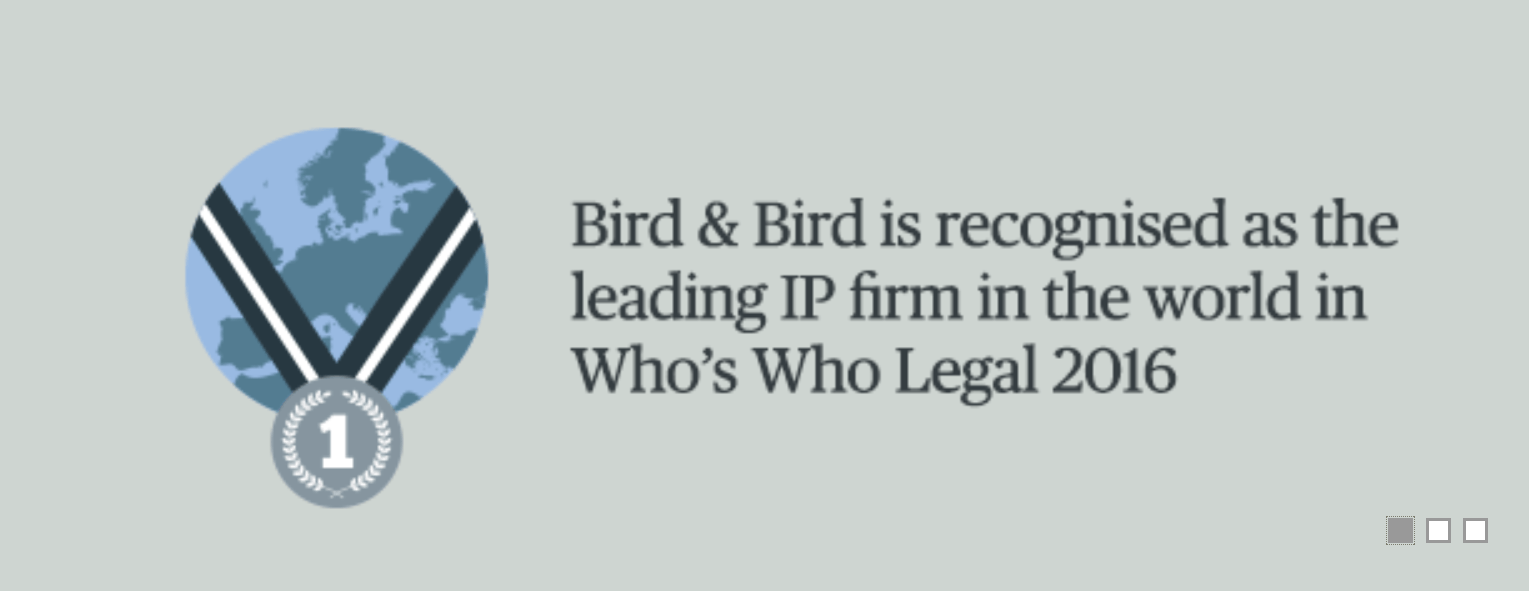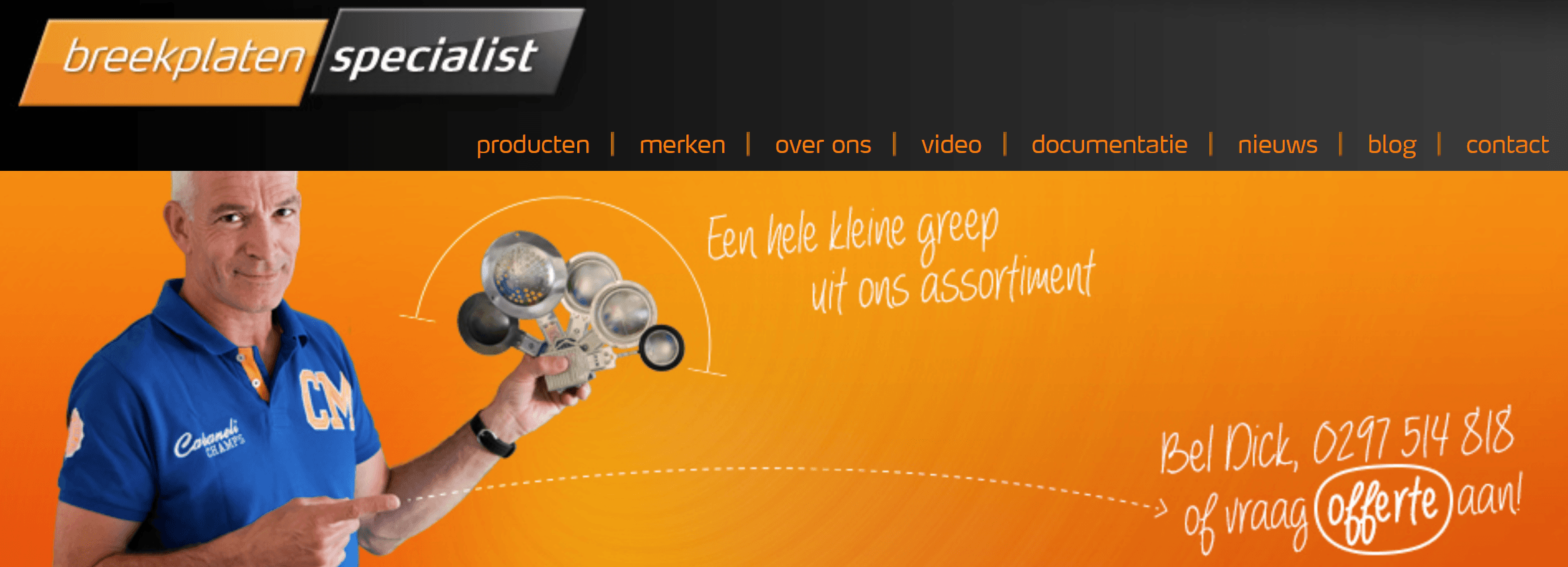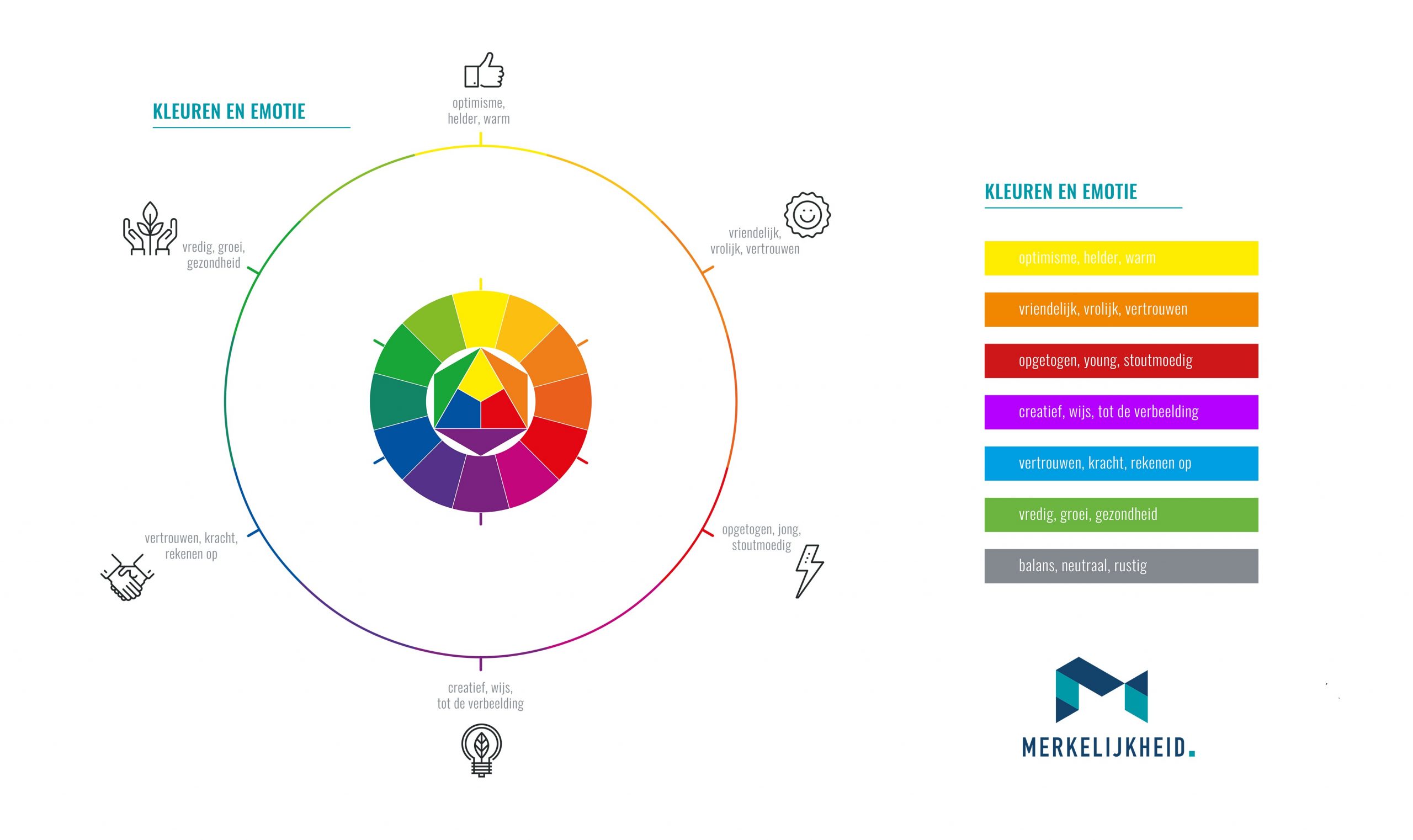*Positioning
Positioning professional services: 7 essential tools

How to achieve a distinctive positioning in business services? Regular B2B companies, for example, have a different product, distribution method, or cost structure that they can use to differentiate themselves, a luxury that business service providers often do not have. Business service providers differentiate themselves solely based on reputation, knowledge, and experience. This often leads to similar positioning among them. How can a business service provider still differentiate themselves? In this article, we discuss the value of a distinctive positioning in business services and several possible building blocks for achieving it.
The value of a distinctive positioning in business services
We are confronted with an abundance of marketing messages on a daily basis, somewhere between 300 and 700 according to various sources(1). As a result, we have become very good at quickly assigning these messages a place. We don’t want to be buried under them.
Does an advertisement or brand resemble another? Even better, then it goes straight into the big pile. Two seconds later, we’ve completely forgotten about it.
This is not only how we deal with laundry detergent commercials, but also with business marketing messages. This is particularly detrimental in business services, where the difference often lies in the nuances. Clients literally can’t see the forest for the trees, and it becomes a battle on price. What a waste.
A distinctive positioning ensures that the customer assigns your brand a unique place in their mind.

McKinsey is clearly positioned
The challenge for business service providers
The father of positioning, Al Ries, had the following to say about positioning a business service provider:
The problem is that owners of business service providers think that all their services are so important that they cannot focus on one feature. They want to be experts in everything.
Let’s say for the sake of argument that most companies focus on things like, Who we are, What we are good at, What experience we have, etc. In other words, everything is about their organization and people.
Positioning is something different. You look into the minds of your customers and see if you can find an “open” spot. Then you adjust your organization to fill that spot.
Internal positioning of a business service provider
We don’t always pay the same amount of attention to this because the situation is different for every organization, but internal positioning is particularly important in business services. Instead of focusing on customers, the positioning simply focuses on colleagues.
A business service provider mainly sells knowledge and expertise, not tangible products. Partners or sales managers sell consulting services and projects based on their own knowledge/network and internal capacity. How can your department be sold if you don’t have a clear position? Internal positioning should ensure that the department is deployed on projects.
Internal politics is another common reason to pay attention to internal positioning, such as after the announcement of a restructuring or during the annual budget round.
Tools for a distinctive positioning of a business service provider
But what makes a positioning distinctive? What can a business service provider use to make their brand stand out?
The positioning is the sum of many factors, yet there are a number of interesting topics that a business service provider can use to distinguish themselves. We will discuss a number of them:
Brand Identity: Color is an essential part of positioning
Color is an important source of information, but its importance is often underestimated. The study “Impact of color on marketing” by Satyendra Singh shows that 62-90 percent of our initial response to a product or presentation is determined by color. Good use of color not only contributes to distinctiveness but even determines a mood or evokes feelings.
What exactly a color evokes remains personal, but in general, there can be a statement about color associations:
The most important thing is this:
It is essential for a brand to choose colors that ensure their differentiation from the main competitor(s). Within this framework, choose a color that fits the (mood of your) positioning.
In accountancy, blue (by far #1) and red are the dominant colors. A green-gray brand identity in this market is likely to make a much larger contribution to your differentiation than you might think.
Read more about Brand Identity and Color.
Make clear choices (and let go of certain potential customers)
You are looking for a lawyer to represent you in an IP conflict with a supplier, who do you choose:
- Berck Advocaten: boutique specializing in intellectual property law recommended by an industry colleague
- Davids Advocaten: largest regional law firm recommended by an acquaintance.
 Almost everyone in such a situation would choose the specialist. That’s because of the way people choose a business service provider, based on the following facts:
Almost everyone in such a situation would choose the specialist. That’s because of the way people choose a business service provider, based on the following facts:
- It is especially painful when things go completely wrong.
- They are not looking for the best result, but a good result.
- You can’t try before you buy. Experience, reputation, and expertise are the most important indicators.
- Price is important, but not all-encompassing because you are looking for a good result.
If we put it like this, it seems evident, but most business service providers simultaneously adopt a “one-size-fits-all” positioning.
Therefore, choose the largest possible niche in which you can still be the key player. Clooney’s law firm from Up in the Air is the most imaginative example: the best at firing people.
Choose the specialization, market, customer group, niche, etc. that best suits your organization and make it central to your positioning. By the way, this makes marketing a lot easier!
 Tell a story
Tell a story
We are wired to remember and tell stories. Harari argues in Sapiens that this was instrumental to our development as a species. For example, fairy tales emerged as a way to teach our children important lessons (Little Red Riding Hood: don’t talk to strangers).
Our preference for stories also applies to marketing. In an Adweek article, Hill Holliday’s consumer research arm, Origin, shares the results of an interesting study showing that people develop a preference for an artwork, wine, or hotel room when a story is told, and are willing to pay at least 6% more!
Not only are we willing to pay more for a story, but 74% of people cite word-of-mouth advertising as the most important influence on purchasing decisions. The recommendation of someone you trust carries more weight than anything else, even in business services.
The main lesson is clear: put a compelling story that the customer can identify with at the center of your positioning.
Guarantees or promises
One (or several) guarantee or promise makes a proposition very strong. A brand makes it crystal clear what you are buying or getting, think of FedEx’s promise: “Your package will get there overnight. Guaranteed.” It gets even better if there is a reward attached to it in case something goes wrong, like Jumbo (free groceries) or Domino’s (free pizza).
A reward for failing may be too much for most business service providers as it implies that it happens, but the promise is a valuable source of differentiation. What can you promise and deliver on?
For example, McKinsey has built a complete positioning around a brand promise: “The best management consultants”.
In the world of business services, hourly billing remains the norm. It is difficult to deviate from this model, so much so that Ignition Consulting Group has built its positioning around “pricing strategy”. For example, read their recent blog post about using pricing models as a source of differentiation instead of just price.
An alternative pricing model is noteworthy in and of itself. This ties in nicely with the earlier point about storytelling.
What pricing models are possible and which ones fit best with your positioning?
Boldness
standing out and differentiation go hand in hand with a certain amount of boldness. You have to dare to do things differently. This means making choices, but also that you will offend people. A fun piece of storytelling, boldness, and offense can be found in the advertising campaign of Diks car rental with the slogan “Chicks love Diks”.
I still smile when I see one of those silly blue and yellow cars driving around. Does this scare some people off? Of course, but we believe that this small club has indeed managed to distinguish itself from market leader Hertz with this advertisement. The opposite is also true, a certain group will feel even more connected to your brand. The better you have your customer in mind, the easier it is to show courage in the right way.
Back to FedEx. Their biggest competitor could also guarantee next-day delivery, but it was FedEx who won by claiming it. Was next-day delivery a core competency at the time? No, but they were not deterred by that.
Experts or familiar faces
We do business with people, not companies. This statement is a common saying in B2B and is supported by many studies and publications. For example, Harvard Business Review states, “An emotional connection matters more than customer satisfaction.”
However, building a personal relationship takes time and there is limited time from first contact to quote in the customer journey. The solution is to focus on personality much earlier in the customer journey by profiling one or more people in your organization as experts.
For example, we once worked for a law firm where one of the lawyers was known as the specialist in divorce cases. He never ran out of work.
A good example from an industrial environment is the rupture disc specialist. This company provides much more than rupture discs but chose to position a colleague as an expert and claim this niche.’

Americans generally feel more comfortable with this than Europeans, but it’s definitely effective.
Other tools for positioning business services
Of course, there are many other tools to mention, such as content marketing, findability/SEO, social media, referral strategy, and so on. In this article, we have limited ourselves to a number of appealing examples. Do you have an example that we should add to this? Let us know.
